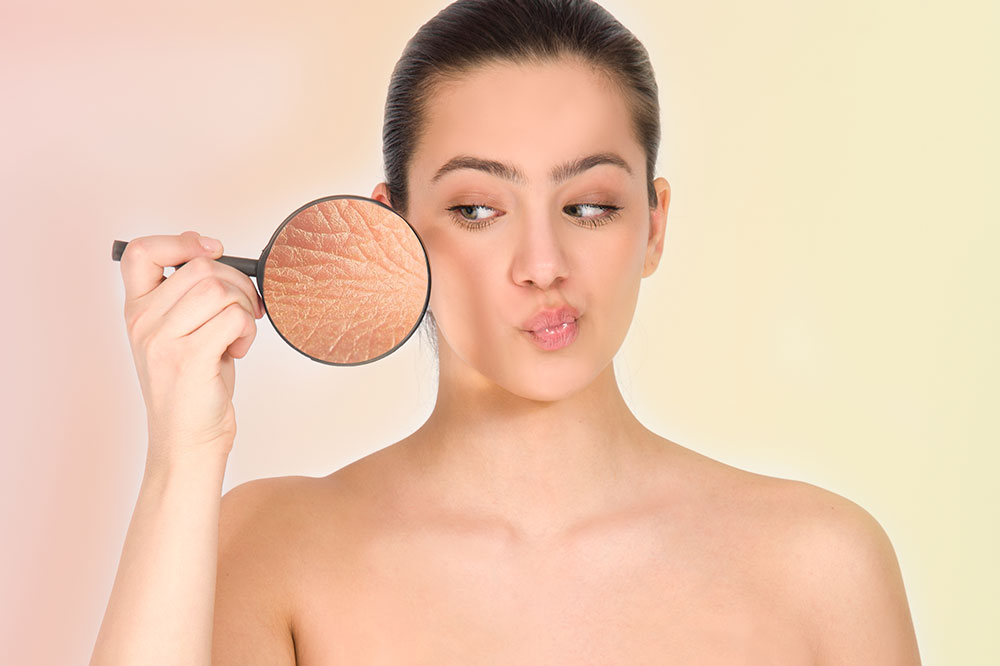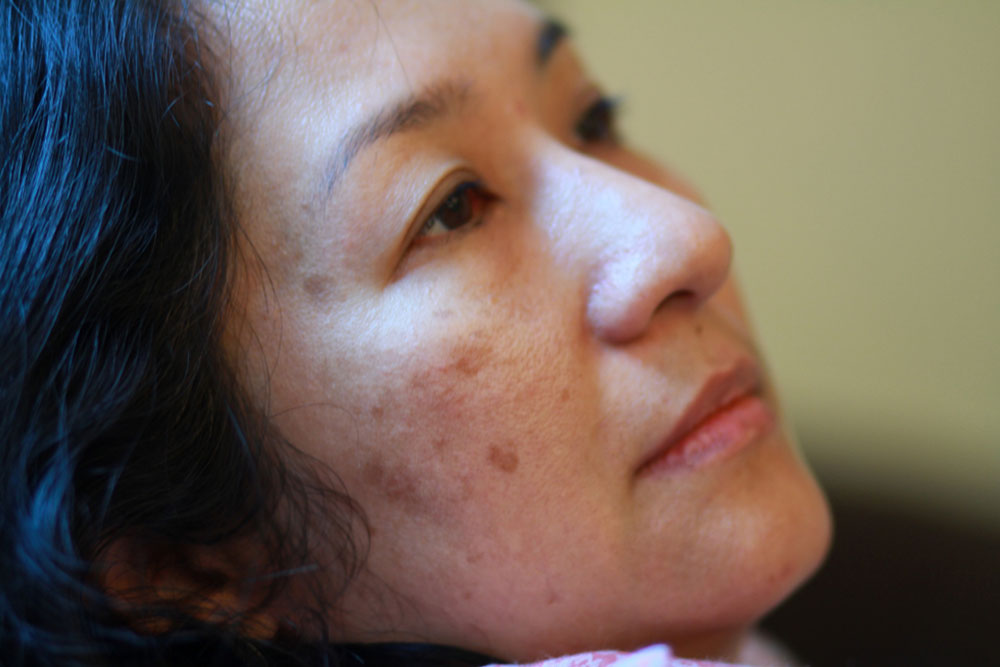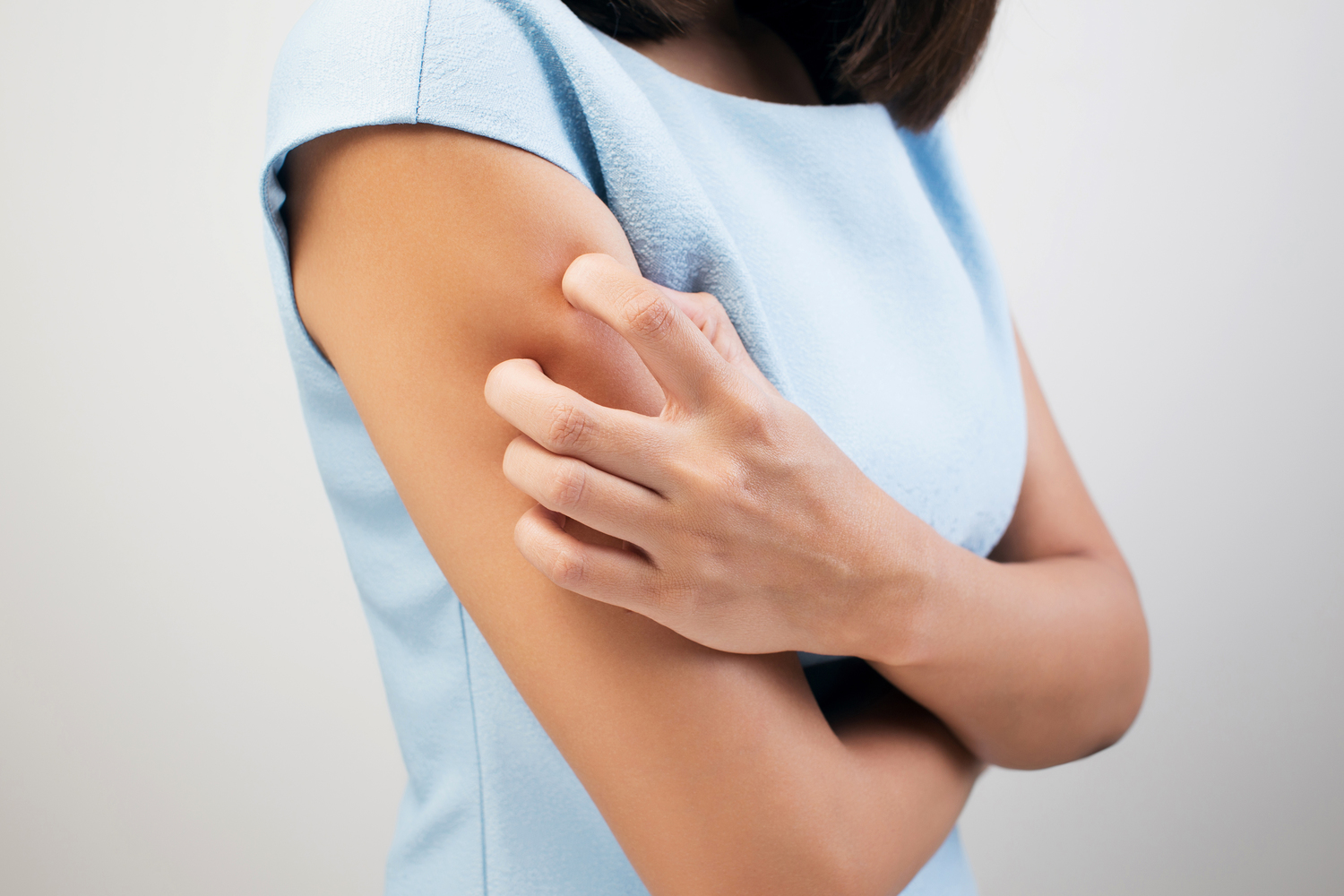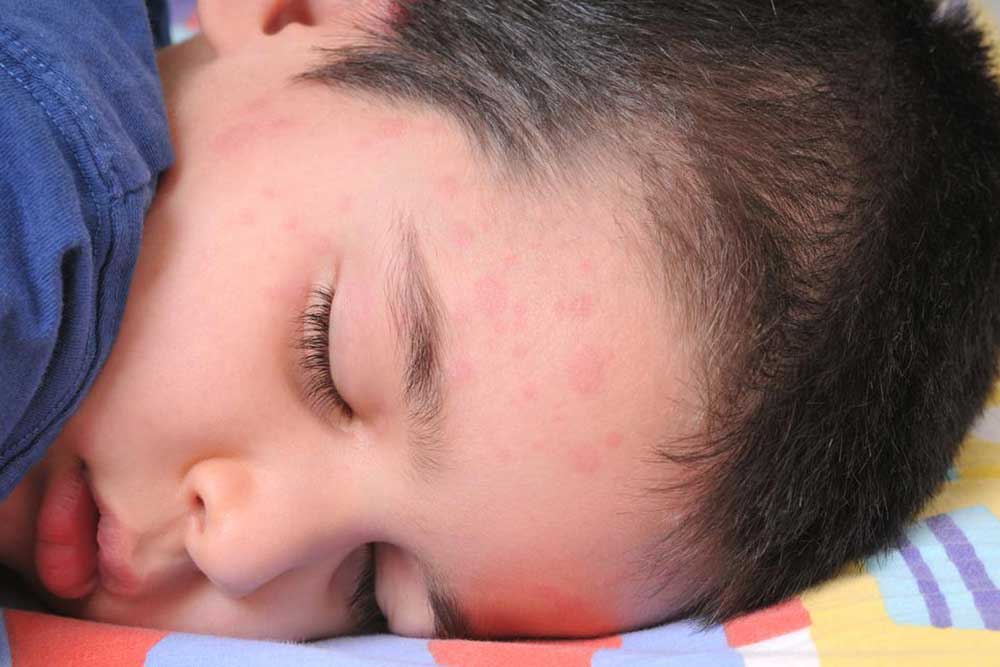Essential Insights into Common Dermatological Conditions
This article offers a detailed overview of common skin conditions such as acne, psoriasis, and rosacea, highlighting their symptoms, causes, and risk factors. Understanding these dermatological issues can aid in early detection and effective management, emphasizing the importance of professional healthcare consultation for proper treatment and care.
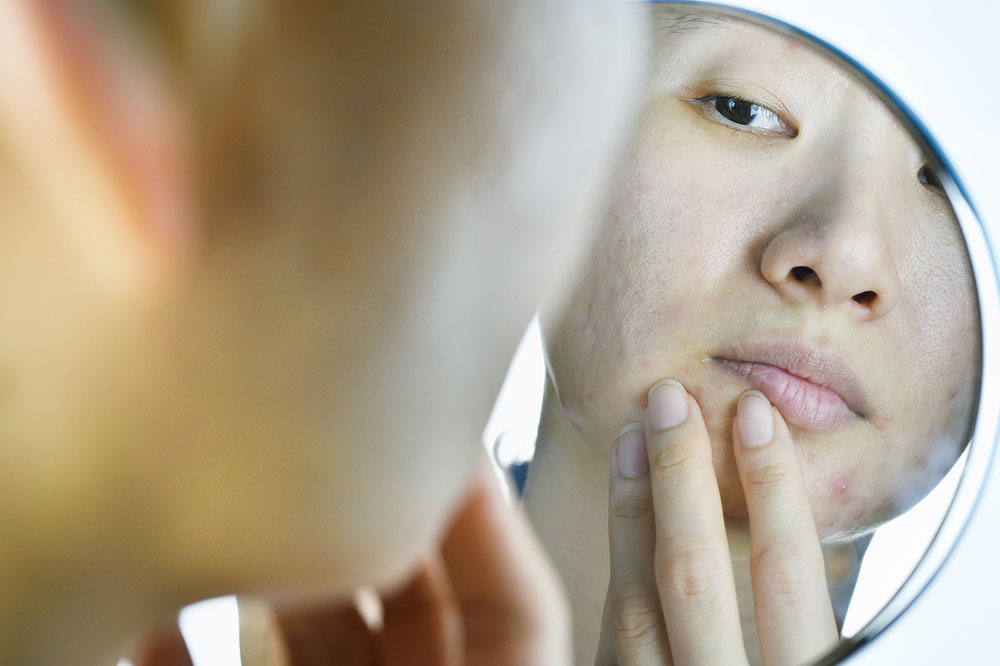
Essential Insights into Common Dermatological Conditions
Skin health reflects overall well-being and plays a crucial role in external appearance. Maintaining healthy skin requires a balanced diet and proper metabolic function. Skin issues can indicate underlying health concerns. Here, we explore prevalent skin conditions and their underlying causes.
Acne
Acne arises when pores become blocked by excess oil from sebaceous glands. It’s a widespread issue, manifesting as whiteheads, blackheads, or cystic lesions beneath the skin surface. Although often associated with adolescents, many adults also experience acne.
Signs and Symptoms
Acne can cause red, inflamed spots that may or may not contain pus. Commonly affected areas include the face, back, and neck. It may appear as swollen bumps or blackheads, which are open pores filled with debris.
Causes and Risk Factors
Hormonal fluctuations, excess sebum production, and clogged pores primarily cause acne. Oily skin and hormonal changes during adolescence or due to steroid use increase risk. Women on contraceptives and adults with hormonal imbalance can also develop acne.
Psoriasis
This hereditary condition causes red or silvery patches on the skin, which can appear anywhere on the body. It is non-contagious and is often associated with an autoimmune response.
Signs and Symptoms
Psoriasis presents as scales, pits, and small red bumps that may bleed when scratched. Nail involvement can cause discoloration and pitting. Stress and skin injury may trigger flare-ups.
Causes and Risks
Autoimmune activity leads to rapid skin cell turnover and inflammation in psoriasis. Genetic predisposition, stress, and skin trauma are common triggers.
Rosacea
This facial skin disorder results in redness and visible blood vessels, especially on the cheeks and nose. It may cause bumps and thickening of skin, known as rhinophyma in severe cases.
Signs and Symptoms
Noticeable redness, flushing, visible blood vessels, and pustules characterize rosacea. Symptoms include facial swelling, dryness, watery eyes, and a stinging sensation.
Causes and Risks
The precise cause is unknown, but neurovascular and inflammatory factors are suspected. Women with fair skin are more vulnerable, and the condition can be aggravated by environmental triggers.


